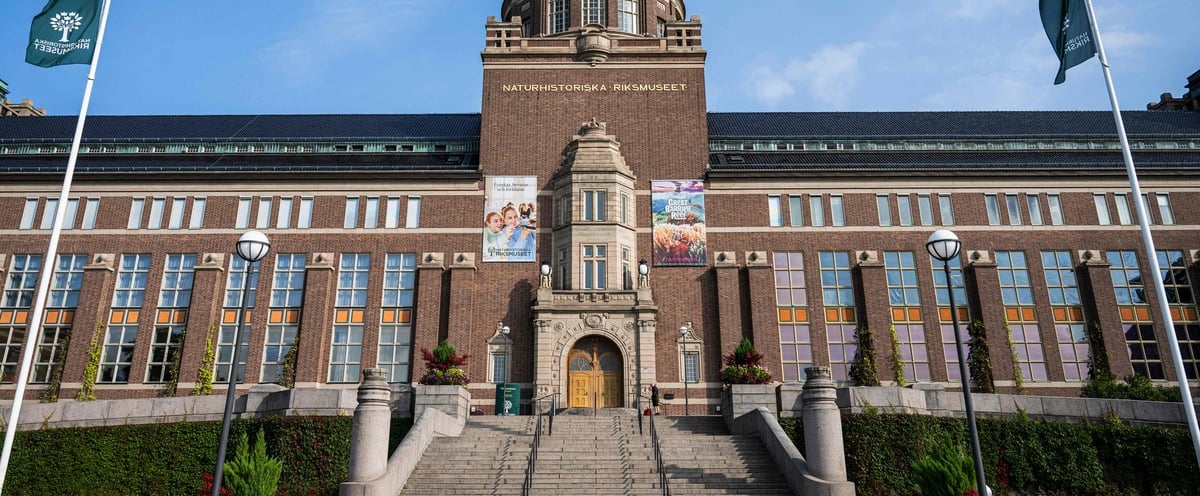Scientists have succeeded for the first time in extracting ribonucleic acid (RNA) from an extinct species, the Tasmanian tiger, researchers at Stockholm University told AFP on Tuesday.
• Also read: The Antarctic sea ice in its smallest form; the vulnerable emperor penguin
• Also read: A hidden ocean on one of Jupiter’s moons?
“The RNA of an extinct species has never been extracted and sequenced,” Love Dalén, professor of evolutionary genetics and co-leader of the project, told AFP.
“The ability to recover RNA from extinct species is a first step toward the eventual possibility of reviving extinct species,” he added.
Dalen and his team successfully sequenced the RNA of a 130-year-old Tasmanian tiger specimen located at the National Museum of Natural History in Stockholm.
This allowed them to reconstruct the RNA from the animal’s muscles and skin.

Photo AFP
RNA is a molecule that enables the expression of the genetic code in each cell, giving it instructions for action.
The sequences obtained “were of such quality that it was possible to identify RNAs encoding proteins specific to muscle and skin,” the researchers said in a press release.
“If we want to revive an extinct animal, we need to know where the genes are, what they do and in which tissues they are regulated,” explains Dalén.
The last Tasmanian tiger, a carnivorous marsupial, died in captivity in Tasmania (South Australia) in 1936.
After the European colonization of Australia, the animal was declared a pest and a reward was offered for each animal killed.
The researchers’ findings will have implications for the study of RNA viruses.
“Many pandemics have been caused by RNA viruses, such as the recent coronavirus or previously the Spanish flu,” Dalén said.
“We could look for these viruses in the remains of wild animals stored in the dried specimens in the museum. This could help us understand the nature and origin of pandemics,” he adds.
For Daniela Kalthoff, head of the Natural History Museum’s mammal collection, this opens the way for new research into the “exciting idea” of a resurrection of the Tasmanian tiger.
The researchers also envision the possibility of expanding RNA recovery to other collections in other museums around the world.
“There are millions and millions of dried skins and tissues of insects, mammals and birds in museum collections around the world, and from all of these samples we could obtain RNA,” says Dalén.

